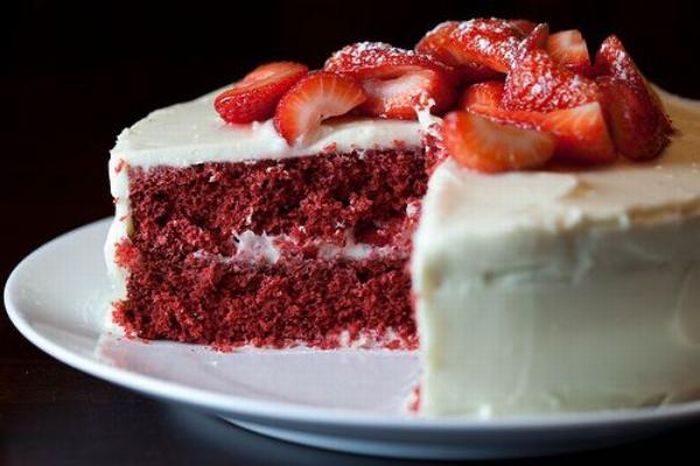|
|
Creative Biscuit
|
• Biscuits for pleasure
Early biscuits were hard, dry, and unsweetened. They were most often cooked after bread, in a cooling bakers' oven; they were a cheap form of sustenance for the poor.
By the seventh century AD, cooks of the Persian empire had learnt from their forebears the secrets of lightening and enriching bread-based mixtures with eggs, butter, and cream, and sweetening them with fruit and honey. One of the earliest spiced biscuits was gingerbread, in French pain d'épices, meaning "spice bread", brought to Europe in 992 by the Armenian monk Grégoire de Nicopolis. He left Nicopolis Pompeii, in Lesser Armenia to live in Bondaroy, France, near the town of Pithiviers. He stayed there for seven years, and taught French priests and Christians how to cook gingerbread. This was originally a dense, treaclely (molasses-based) spice cake or bread. As it was so expensive to make, early ginger biscuits were a cheap form of using up the leftover bread mix.
With the combination of the Muslim invasion of the Iberian Peninsula, and then the Crusades developing the spice trade, the cooking techniques and ingredients of Arabia spread into Northern Europe. By mediaeval times, biscuits were made from a sweetened, spiced paste of breadcrumbs and then baked (e.g., gingerbread), or from cooked bread enriched with sugar and spices and then baked again. King Richard I of England, (aka Richard the Lionheart) left for the Third Crusade (1189–92) with "biskit of muslin", which was a mixed corn compound of barley, rye, and bean flour.
|
|









